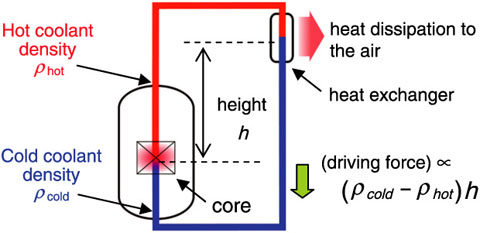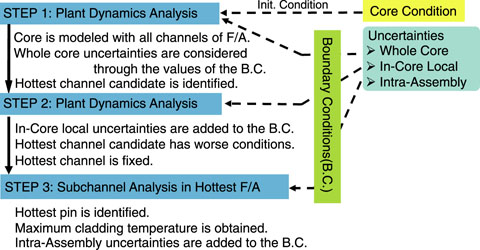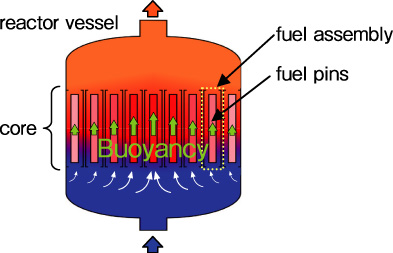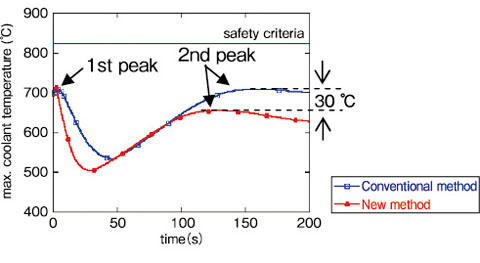
Fig.1-6 Natural circulation in the heat transport systems

Fig.1-7 Evaluation method for core hot spot under NC

Fig.1-8 Flow redistribution in a core

Fig.1-9 Evaluated hottest coolant temperatures (loss-of-external-power event)
Although the residual heat after reactor scram (≈5% of rated operation) decreases with time, for reactor safety, it is important to maintain the circulation of coolant through the core and to remove the decay heat.
In sodium-cooled fast reactors, natural circulation (NC) occurs because of buoyancy, which is proportional to the large temperature difference between the heat source (core) and heat sink (heat exchanger) and its height difference, as shown in Fig.1-6. The “JOYO” and “MONJU” reactors in Japan are designed to remove the residual heat in the core by NC of the coolant, even if the electric pumps should not be able to operate. The advanced fast reactor (JSFR) has a fully NC decay heat removal system.
A safety criterion for the core structural integrity under decay heat removal operations is the hottest coolant t emperature, which is evaluated by conservative consideration of various uncertainties. Under NC, however, the coolant flow rate and temperature distributions in the core change dynamically, and the uncertainty does not always affect in the same way, so it should be treated differently from the situation when under forced convection. We developed a new evaluation method (Fig.1-7) that can consider the characteristic phenomena particular to NC and their flattening effects on the coolant temperature distribution in the core (Fig.1-8). The hottest coolant temperature evaluated at the secondary peak can be reduced by approximately 30 °C compared to that in the conventional method (Fig.1-9). The results of this study are applied to the development of reactors that make use of natural circulation.
The present study was performed under a contract with Mitsubishi Fast Breeder Reactor (MFBR) Systems, Inc., as part of the study “Development of evaluation methods for decay heat removal by natural circulation under transient conditions”, which was entrusted to MFBR Systems, Inc., by the Ministry of Education, Culture, Sports, Science and Technology of Japan (MEXT).